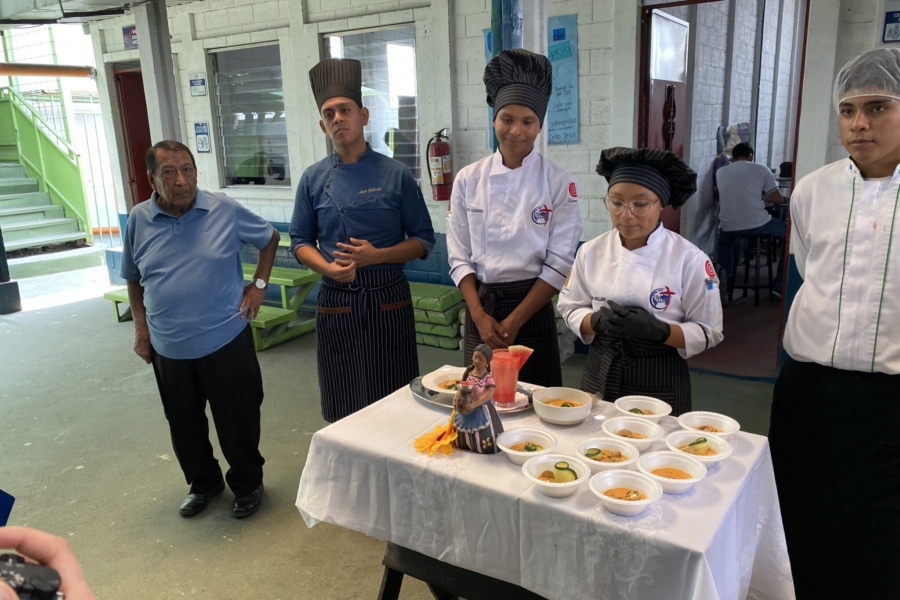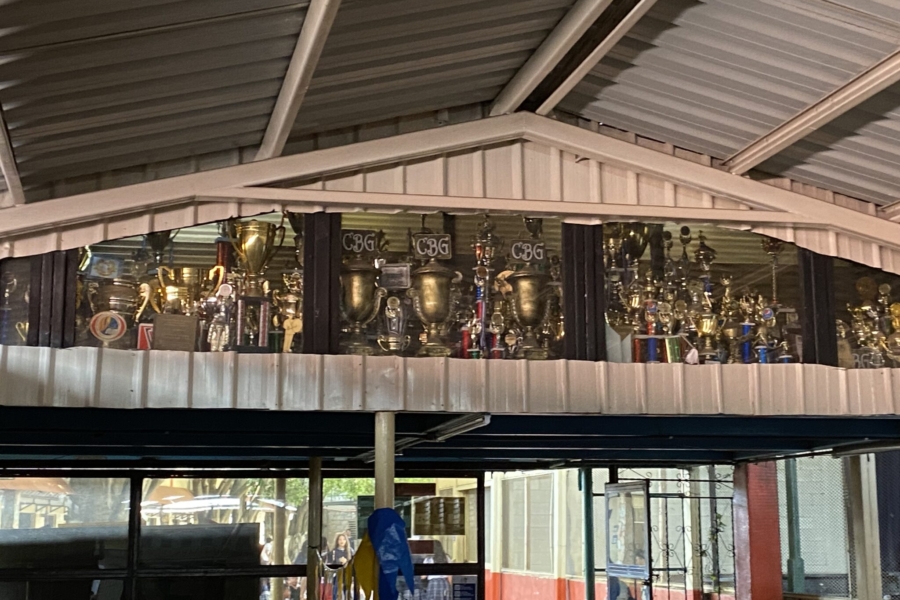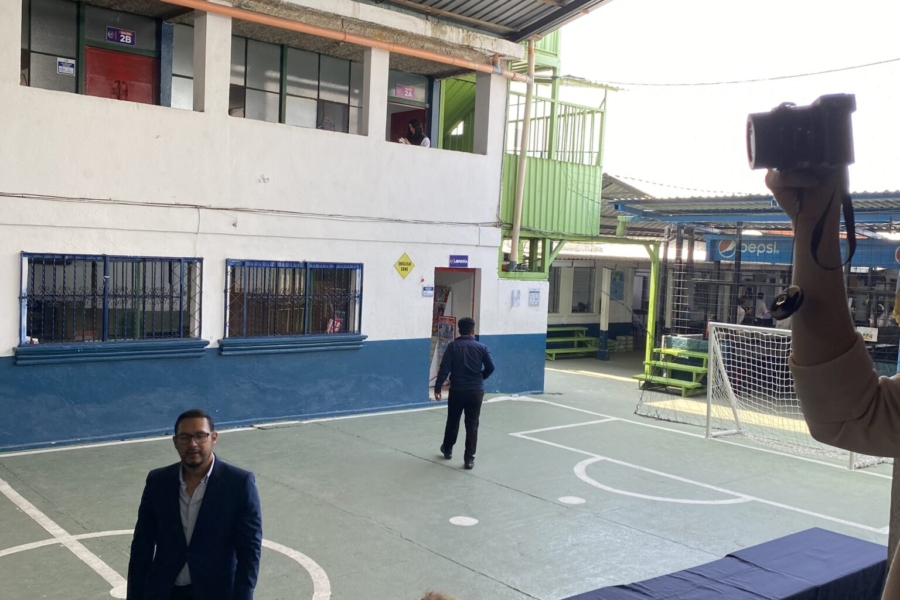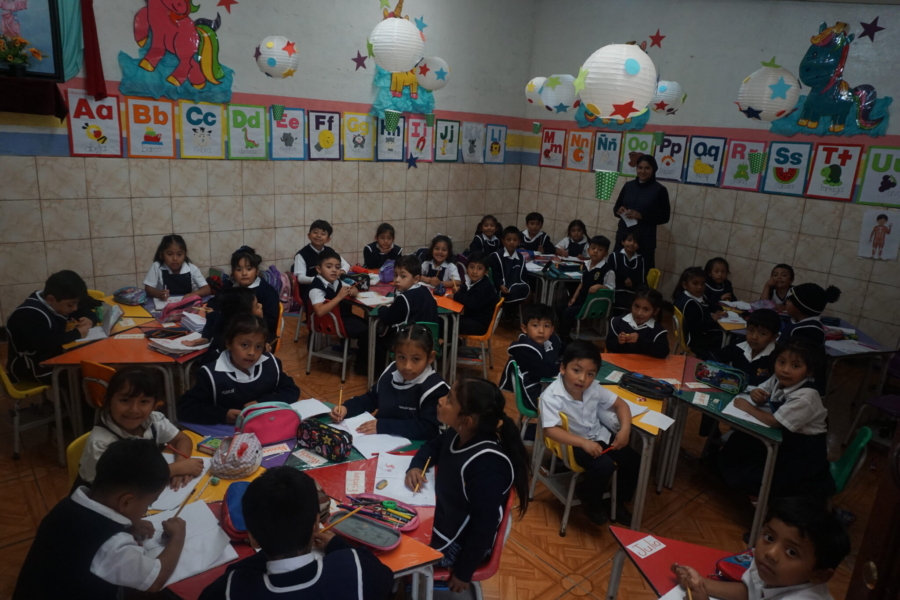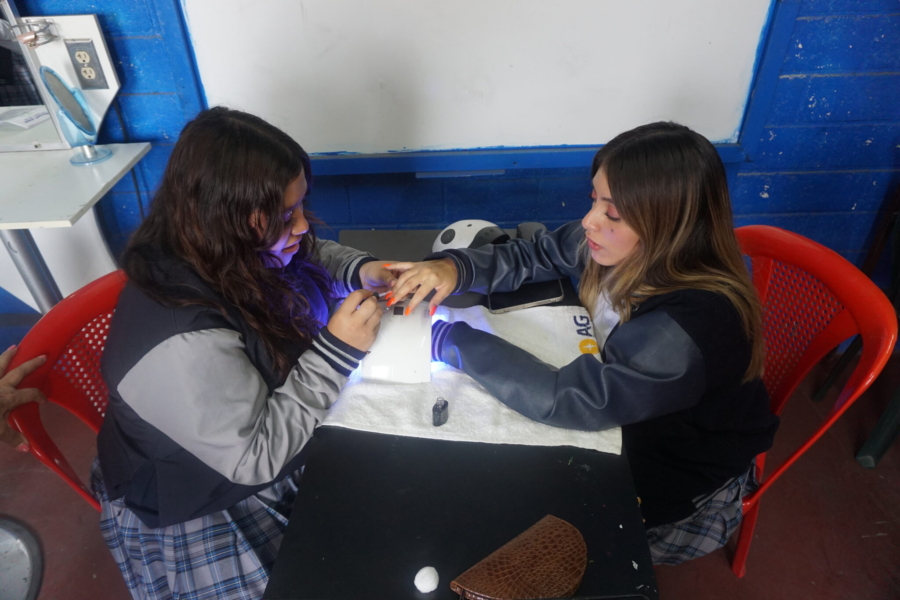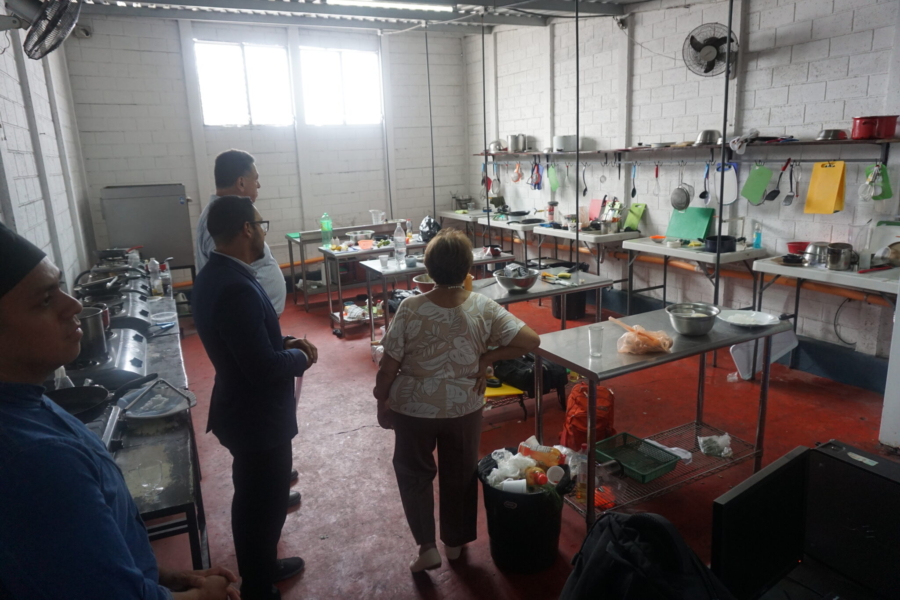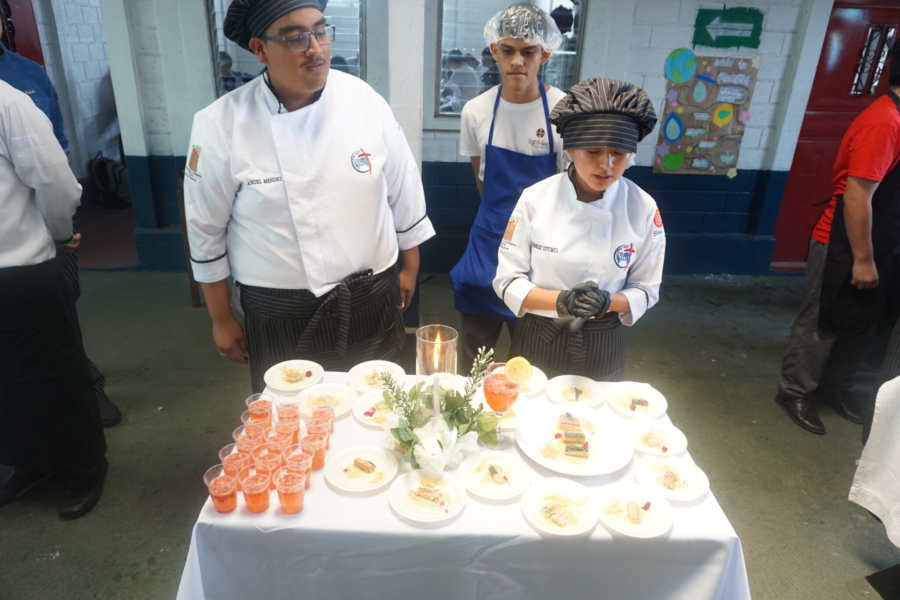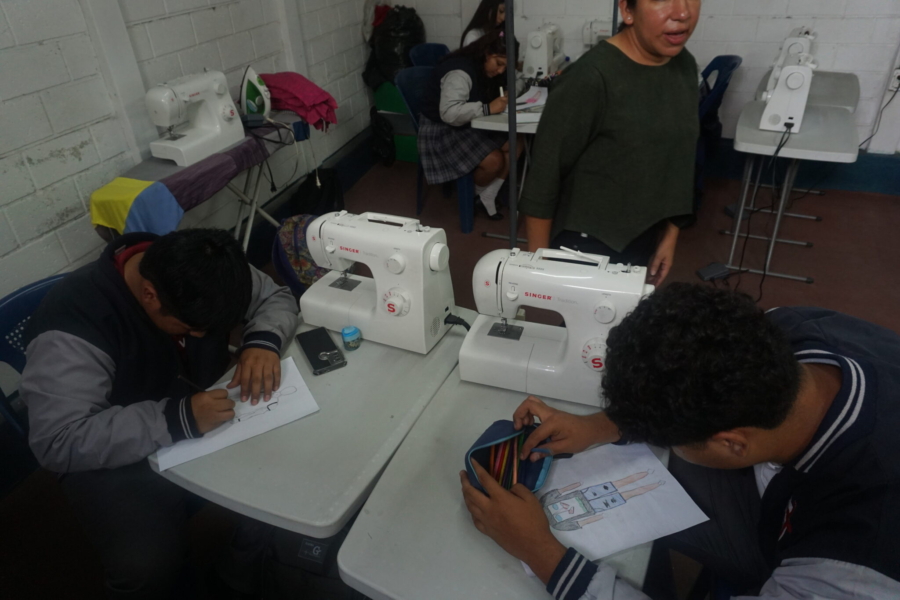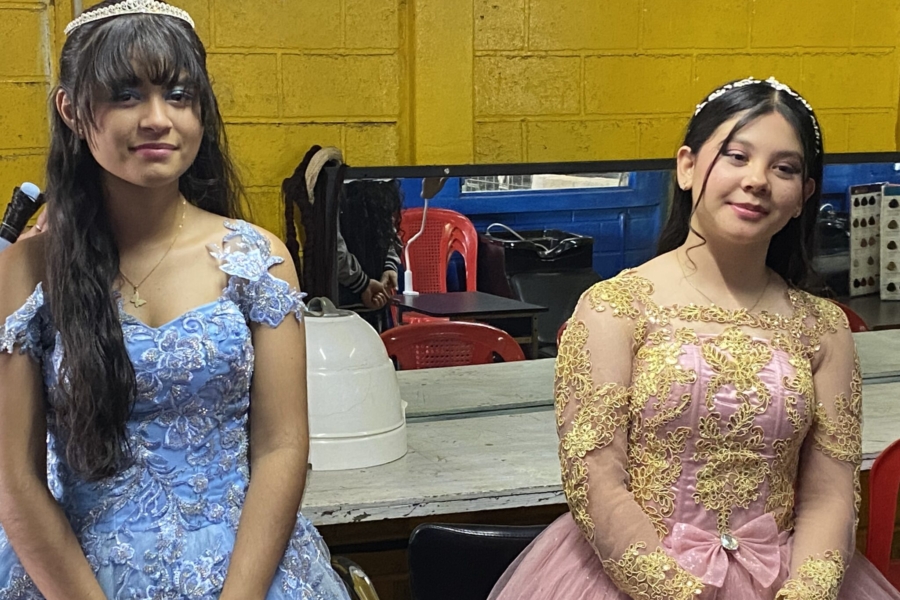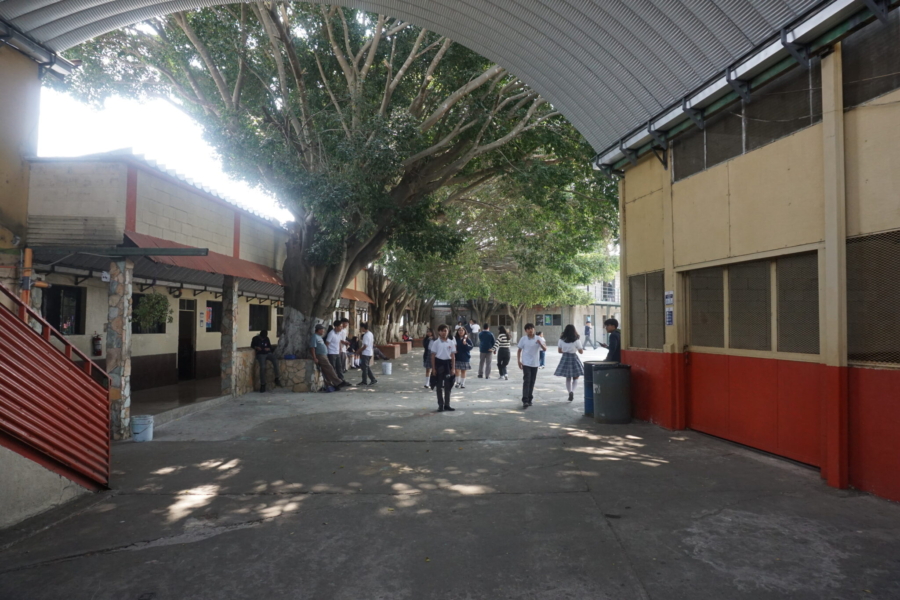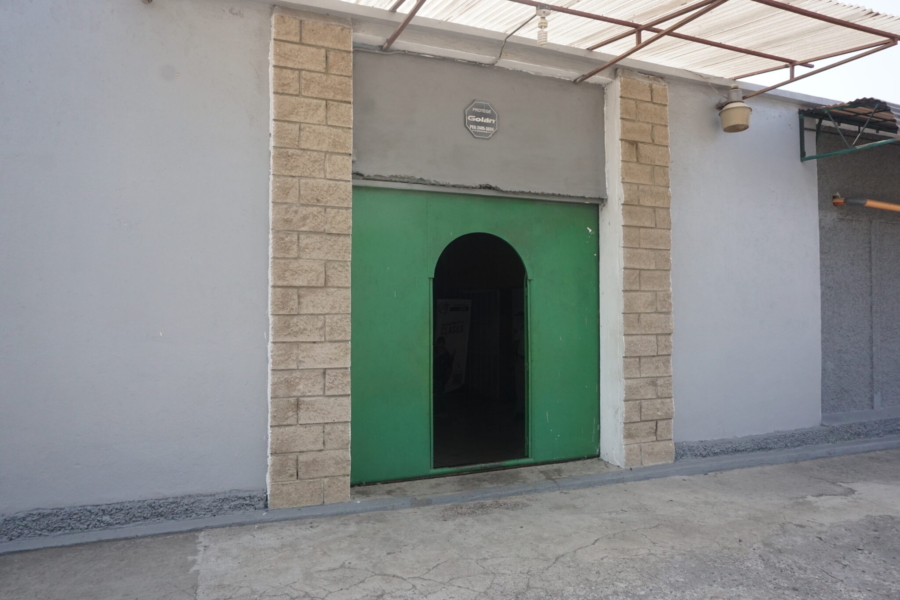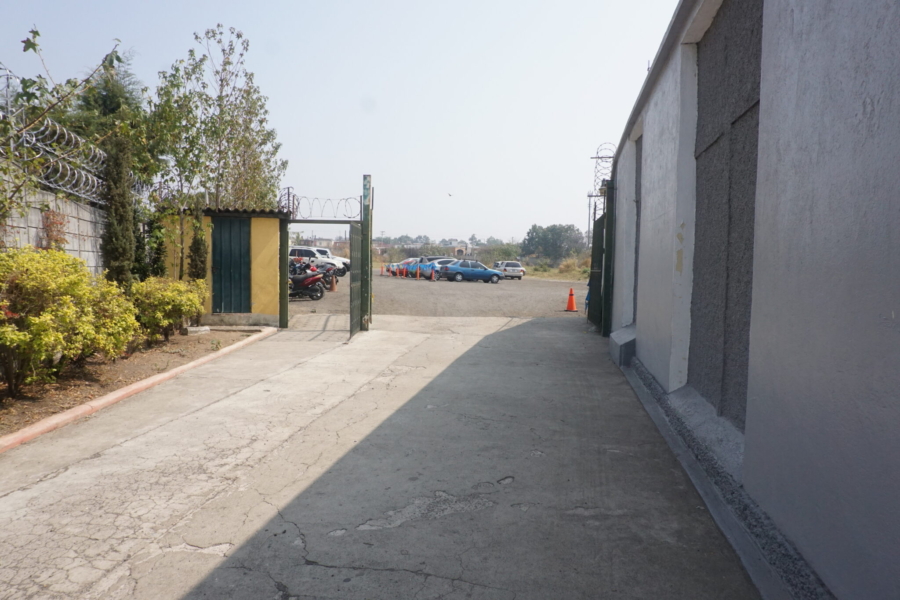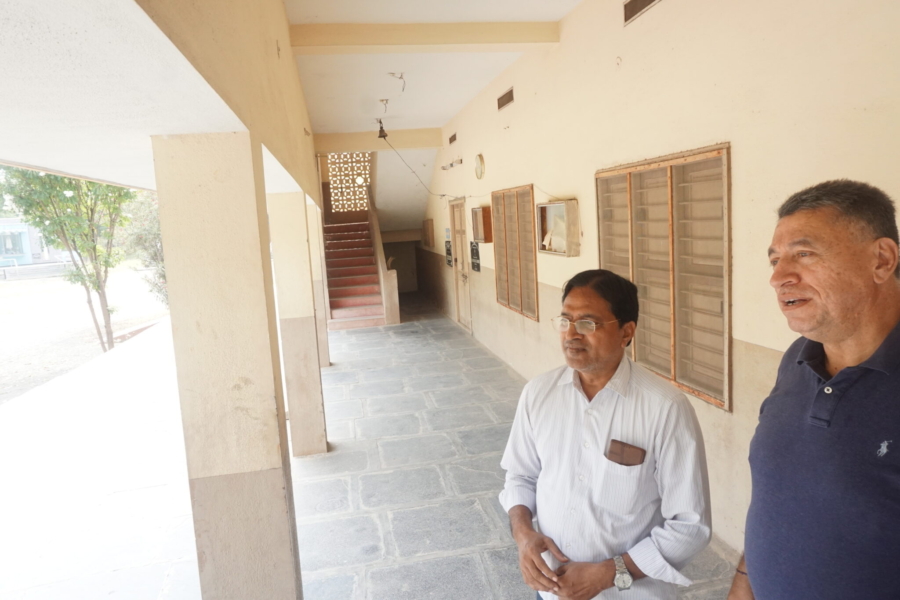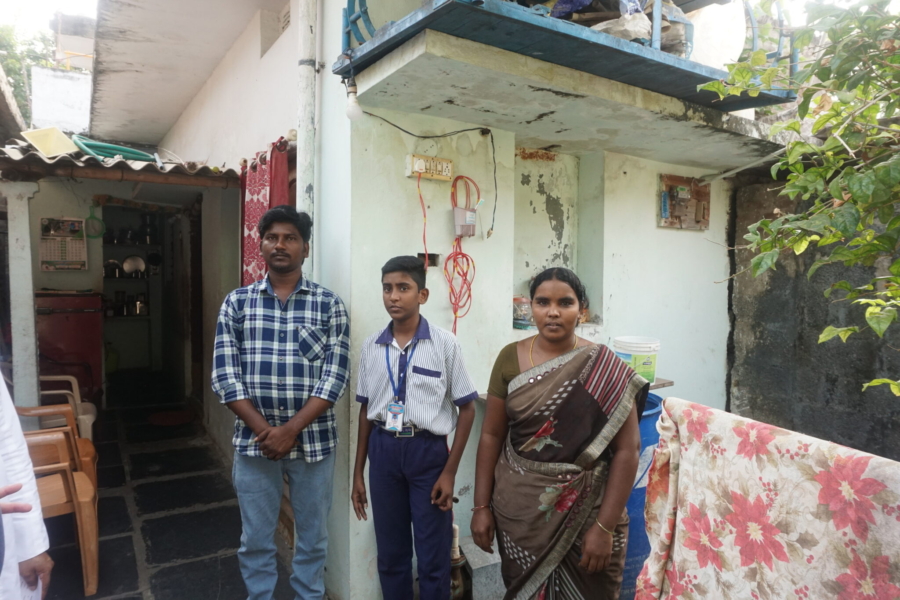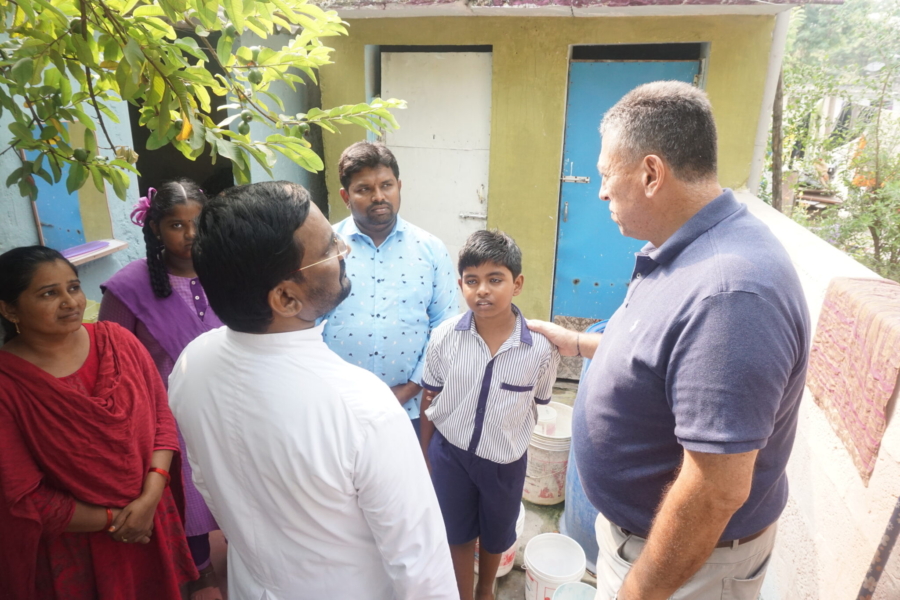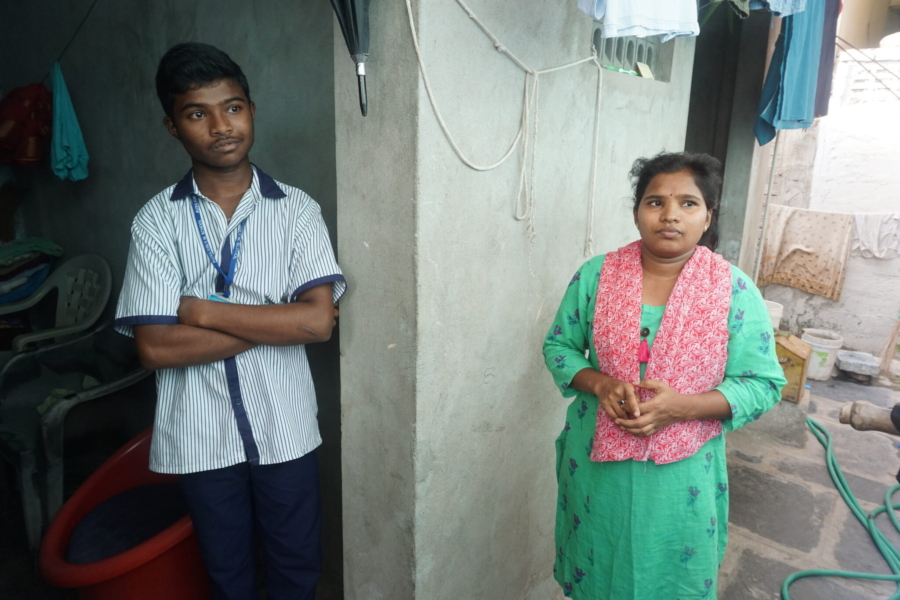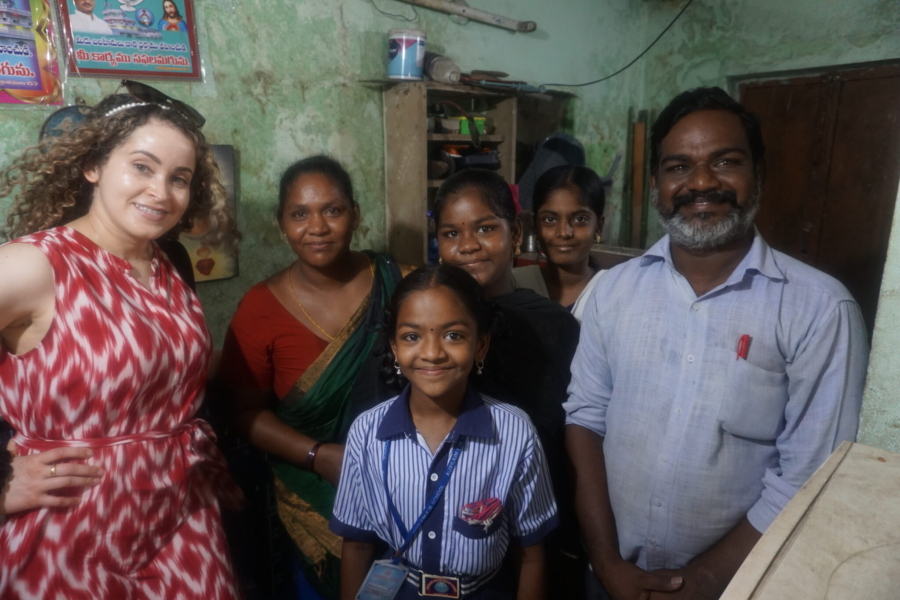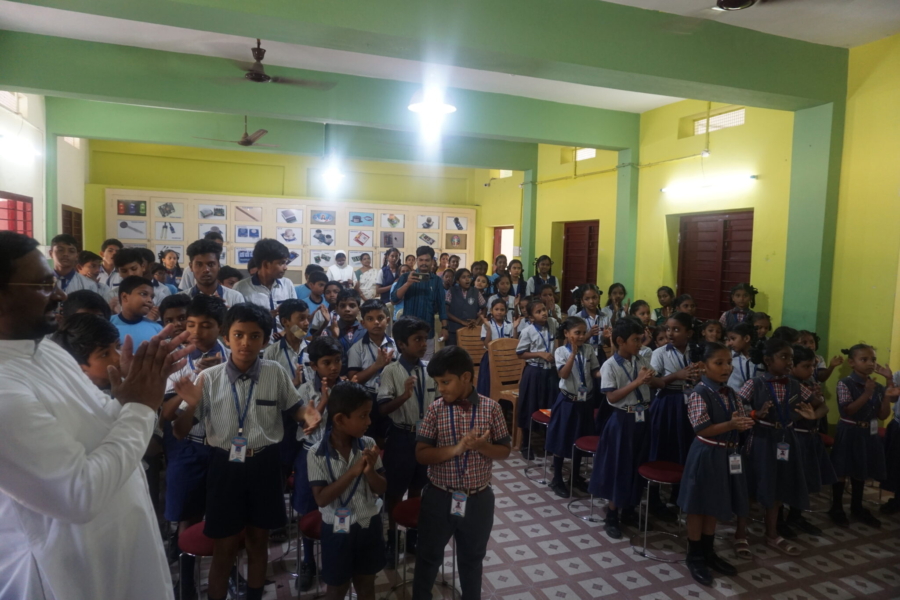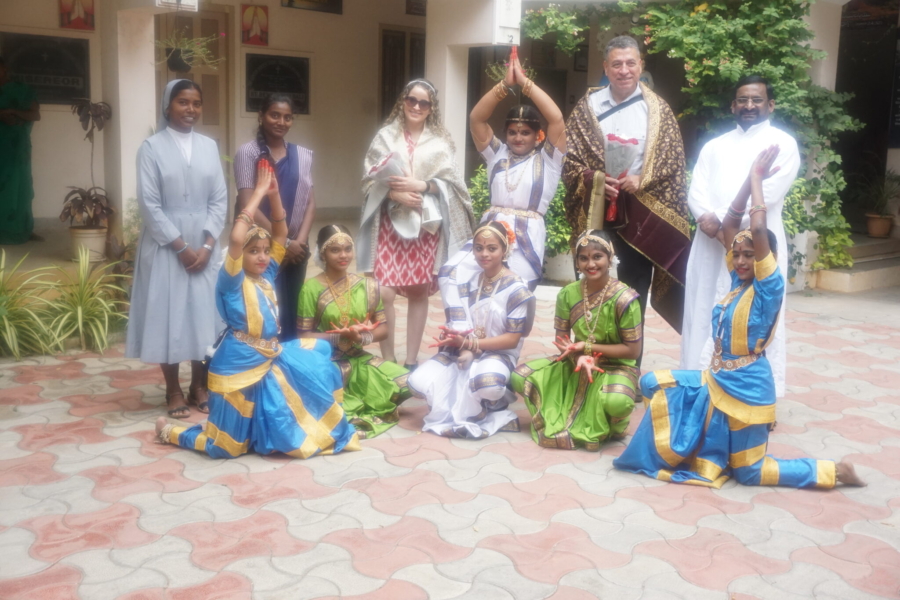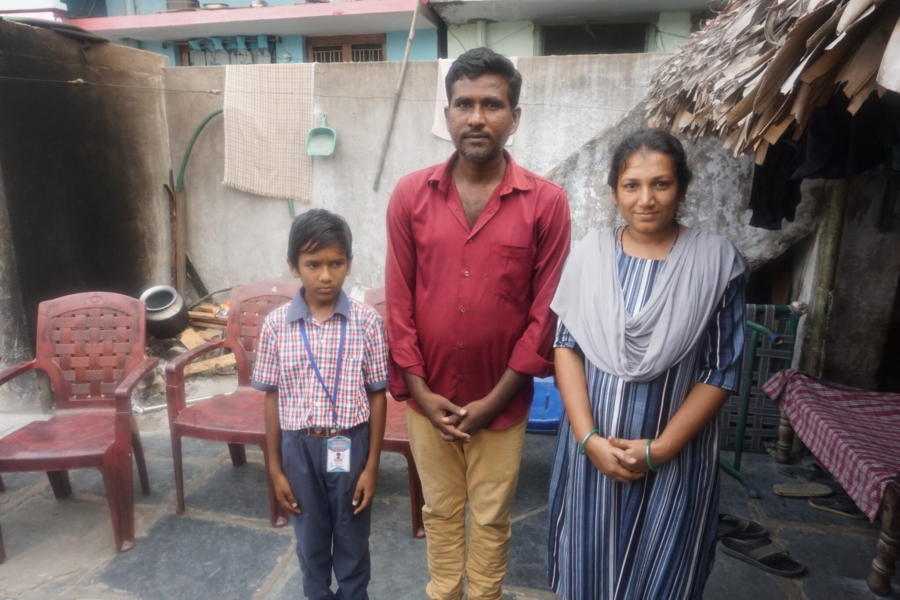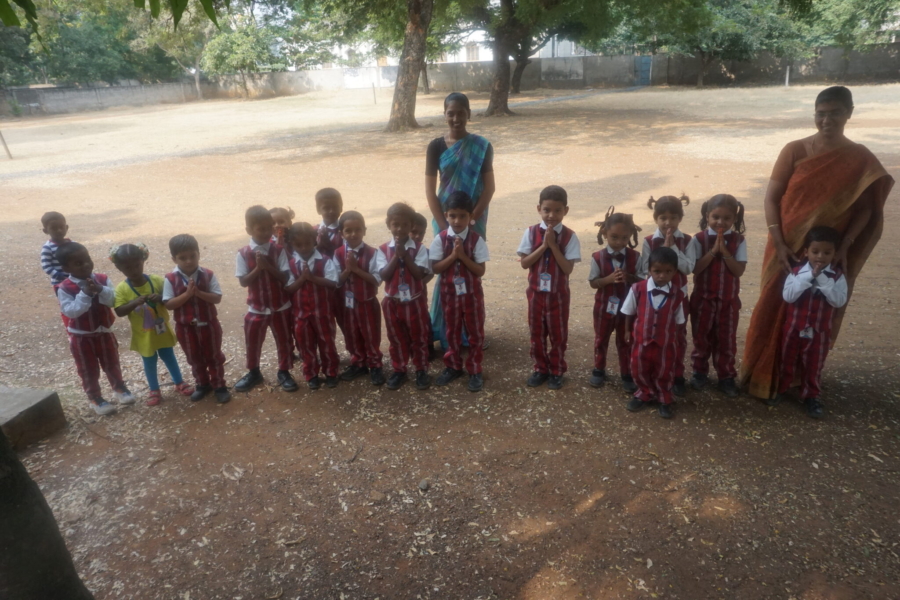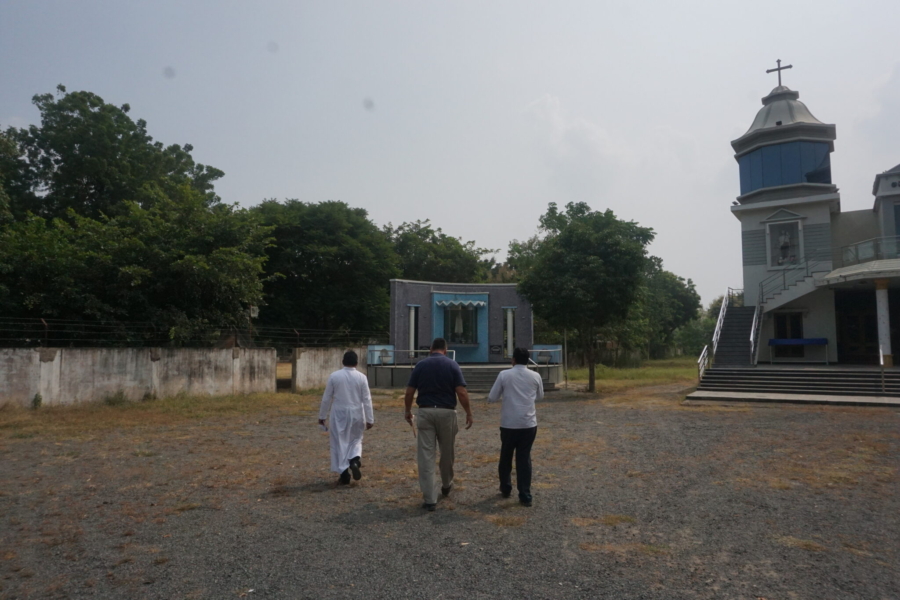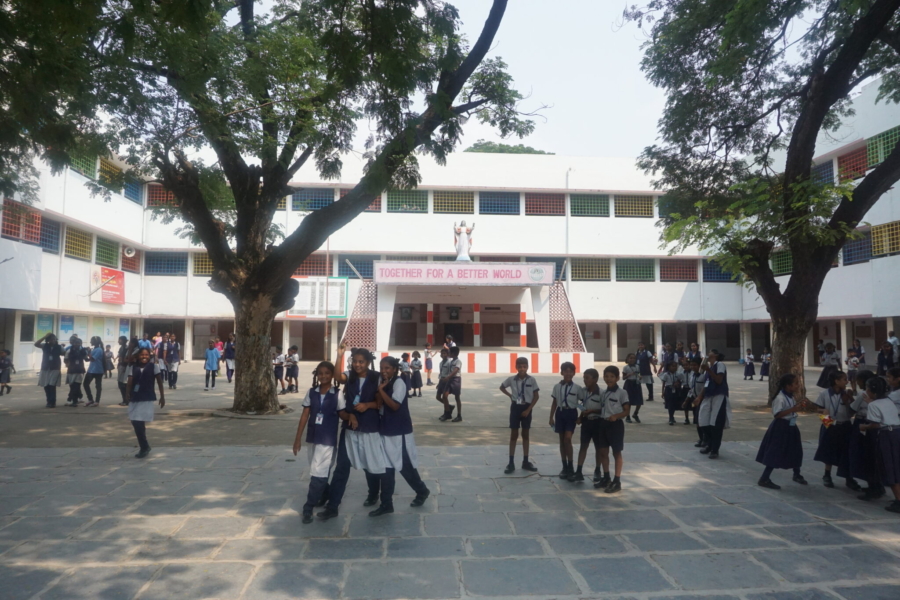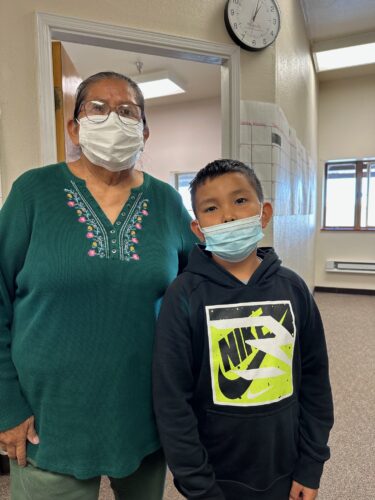Yefiny Mena, our International Programs Specialist, tells us about her visit to the Juan Apostol School in Guatemala with Children Incorporated Director of Programs Luis Boudret. The Juan Apostol School allows impoverished children to get an education and participate in skills training programs.
“The Juan Apostol School, founded in 1990, is located in Villa Nueva. This area is about 25 miles from Guatemala City, but due to the recent expansion of the city, it has been incorporated into the metropolitan area. About 800 students receive a good education in a low — or middle-income private school, and 112 are enrolled in the Children Incorporated program. Very low-income families are selected to participate in the Children Incorporated program,” said Yefiny.
“All the children participating in our program would not be able to attend this school without the generosity of our sponsors. These sponsors help the children pay their monthly school fees and provide them with food, school supplies, shoes, and clothes.”
“Juan Apostol School is a private school, so it does require families to pay tuition for their children to attend. The school has two buildings; one is entirely dedicated to children from kindergarten to 9th grade. The other building is utilized for grades 10th, 11th, and 12th grades, equivalent to high school and a technical training program.”
“Our coordinator is Mrs. Ruth Morales de Morales, known by her nickname “Tita,” who has been our coordinator for 40 years. Mrs. Morales, her husband, and her son (the actual director) run the entire school,” said Yefiny.
“During our visit to the school, we learned how the students’ daily routine goes by. The school at all levels follows a rigorous educational program that benefits the children. Along with a well-disciplined program, the school is famous nationally for having a modest but well-placed computer program. Parents can access computerized controls to monitor children’s education, transportation, grading, participation, homework support, etc., a unique approach in the country. The school is also known for having one of the best marching bands and music programs of this level in the country, which they use to motivate students for better educational performance.”
“The buildings are solid and adequate for their purpose, but some need minor improvements. The educational program was enhanced a few years ago when Children Incorporated offered support to implement skill training programs to aid the children further. Since then, these programs in Food Preparation, Computers and Robotics, and Cosmetics and Beauty have been incorporated into the academic curriculum,” said Yefiny.
“The children in this school can choose from various technical courses, so by the time they graduate, they can make an income and provide for themselves and their families. The school offers technical sewing, computing, culinary, and beauty courses. Children can choose the one they are most interested in, so while they finish high school, they also learn new abilities.”
“Children Incorporated has donated some industrial kitchen sinks this year to help these children continue their education. During our visit, we watched these kids work in their different areas. They gave us valuable information about their learning techniques and classes and demonstrated their abilities in each region,” said Yefiny.
“It’s important to highlight that all the children participating in our program would not be able to attend this school without the generosity of our sponsors. These sponsors help the children pay their monthly school fees and provide them with food, school supplies, shoes, and clothes.”
“Our sponsors have blessed all these families that depend on their generosity to help their children have a better future. Our coordinator expressed gratitude to the sponsors on behalf of the children’s parents,” said Yefiny.
***
How do I sponsor a child with Children Incorporated?
You can sponsor a child in one of three ways: call our office at 1-800-538-5381 and speak with one of our staff members; email us at sponsorship@children-inc.org; or go online to our sponsorship portal, create an account, and search for a child that is available for sponsorship.



